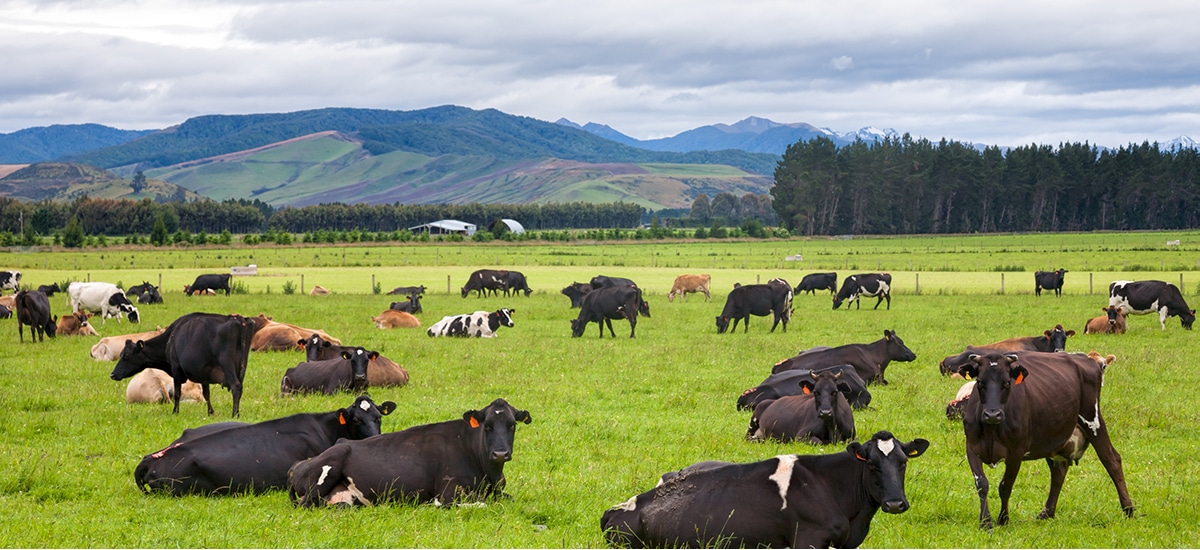
Underlying issues in the Paddock to Plate Phenomenon
The popularity of the paddock to plate trend in Australia seems to have flourished in the fertile new climate of an environmentally, and health conscious society. Hundreds of restaurants, cafes and even grocery stores have jumped aboard the new wave of conscientious growing, sourcing, and transporting of food.
Paddock to plate food is all about ensuring every step your food takes between being in the ground and hoof to your dining table is carefully monitored, to ensure sustainable practices and that the food is kept as fresh and unprocessed as possible.
… no uniform understanding of what the term ‘paddock-to-plate’ entails in food production, so it is often used rather loosely, or completely misused.
And it sounds like a great new innovation – it ensures food is fresh, supports local farmers and encourages sustainability. But in the rush to laud what seems like a positive step for the food industry, it seems we have failed to identify the underlying problems.
The truth is, the issue is simply not as black and white as it appears on first glance. There simply is no uniform understanding of what the term ‘paddock-to-plate’ entails in food production, so it is often used rather loosely, or completely misused.
Many businesses use this vague idea to describe a system far from being sustainable, as a concession to a zealous public. As John DeLaine from the biodynamic farm, Hahndorf Venison, explains, “The problem is paddock to plate is poorly understood, unregulated and open to subjective interpretation”.
For paddock to plate to really work efficiently, the complete process really needs to be under full control of one enterprise. They need to be fully responsible for the journey of food, from growth to preparation, or they can’t honestly claim an authentic paddock to plate system. Anything less is “a kind of de-facto paddock to plate” describes John, run by autonomous business operations that are really little able to regulate the executing and upholding of sustainable practices in other stages of the supply chain.
For instance, there are many restaurants and food chains that claim all their produce is ‘ethically sourced’ to create a point of difference, without having complete commitment to this concept.
A great example is Chipotle, a rapidly growing fast-casual food chain in America. They built their market share on the concept of using only ethical suppliers and locally sourced produce. However, their supply chain was too complex to monitor closely, and outbreaks of E Coli and salmonella occurred among customers. It was thought to be from one of their pork suppliers not using sustainable practices. And Chipotle was dedicated to providing ethical supply, which gives an idea of just how difficult it can be to ensure effective paddock-to-plate.
Another issue is, just what do we define as ‘sustainable’? Do we just mean the food is grown sustainably, and only picked when in season and at its best? Or does it include bio-dynamic farming, where the land used is cultivated with sustainable environmental practices, such as replanting trees? Or does it include sustainable business practices, such as eliminating food waste and harmful by-products? Or need it ensure that the whole supply chain is sustainable?
… a great way to promote sustainability in the food industry.
While there is no clarity around what the issue actually involves, it is impossible for any consumer to have confidence that the ‘paddock-to-plate’ as a code of ethics, is at all meaningful, or even consistent.
However, with a little more work, the paddock to plate trend could turn into a great way to promote sustainability in the food industry. Some people already do the trend well, such as restaurants who cook directly from their own market gardens out the back, or farms who prepare and sell their own produce. An example is the celebrity chef Matt Moran’s restaurant, Chiswick, famous for its championship of paddock-to-plate.
So, while we am all for promoting a system that encourages acknowledgement of the need to practice sustainability at every stage of food production, it can’t just be a vague concept to be used at will. It must have meaning and impose some sort of responsibility on its utilisers.
As John from Hahndorf offers “Not for one moment am I advocating for a level of bureaucratic control, just maybe opt-in system with some industry rules, self-regulation and peer endorsement”. Just a few simple steps to take ‘paddock-to-plate’ from a trendy catch-phrase to a significant descriptor of values, and a powerful step forward for the industry as a whole.
Equipping the food industry to grow with food processing and packaging solutions
call 1300 88 99 51
email [email protected]
room 35 Shirley Way, Epping VIC 3076
room 9 Mcilwraith St, Wetherill Park NSW 2164
room 21 Hoyle Rd, Hope Valley WA 6165
room 27 Beal Street, Meadowbrook QLD 4131
room 7 Chadderton Bvd, Epping VIC 3076
room 40 Logistics Boulevard, Kenwick WA 6107
room 25 Hayton Road, Wigram, Christchurch 8042, NZ
Connect with us on LinkedIn
